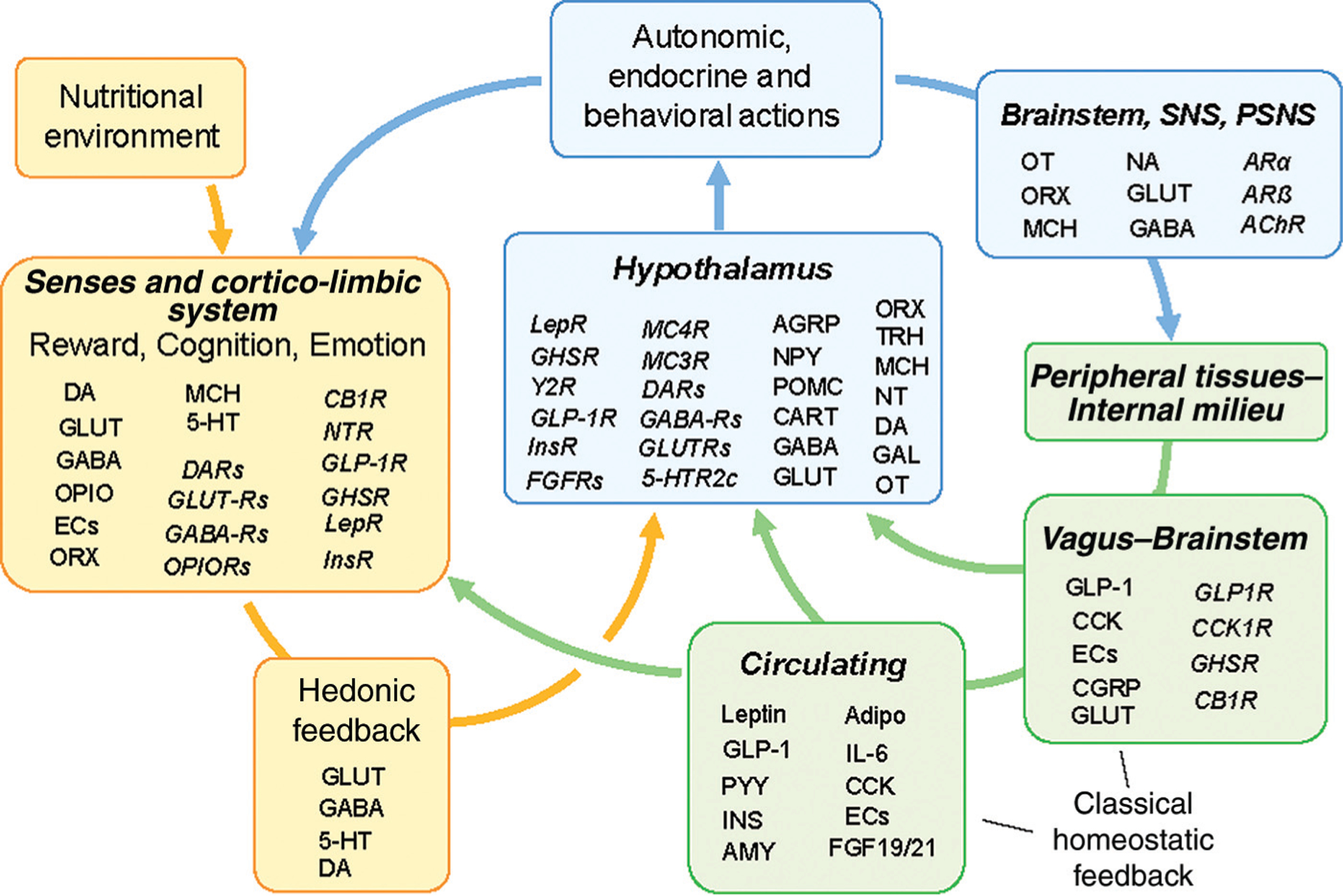Fig. 1. Schematic diagram showing potential pharmacological targets in the neural controls of food intake and regulation of body weight.

A selection of only key neurotransmitters, hormones, and other factors (normal font) and receptors (italic) are shown at their major sites of action. Abbreviations: AChR, cholinergic acetylcholine receptor; Adipo, adiponectin; AGRP, Agouti-related protein; AMY, amylin; ARα, α-adrenergic receptor; ARß, ß-adrenergic receptor; CART, cocaine- and amphetamine-related transcript; CB1R, cannabinoid receptor-1; CCK, cholecystokinin; CGRP, calcitonin gene-related peptide; DA, dopamine; DARs, dopamine receptors; ECs, endocannabinoids; FGF19/20, fibroblast growth factors 19 & 21; FGFRs, fibroblast growth factor receptors; GABA, gamma-aminobutyric acid; GABARs, GABA receptors; GLUT, glutamate; GUTRs, glutamate receptors; GLP-1, glucagon-like peptide 1; GLP-1R, glucagon-like peptide-1 receptor; IL-6, interleukin-6; INS, insulin; InsR, insulin receptor; Lep, leptin; LepR, leptin receptor; MCH, melanin-concentrating hormone; NT, neurotensin; NTR, neurotensin receptor; OPIO, opioids; OPIORs, opioid receptors; ORX, orexin/hypocretin; OT, oxytocin; POMC, proopiomelanocortin (α-MSH); PYY, polypeptide tyrosine-tyrosine; 5-HT, serotonin; 5-HTR2c, serotonin 2c receptor.
